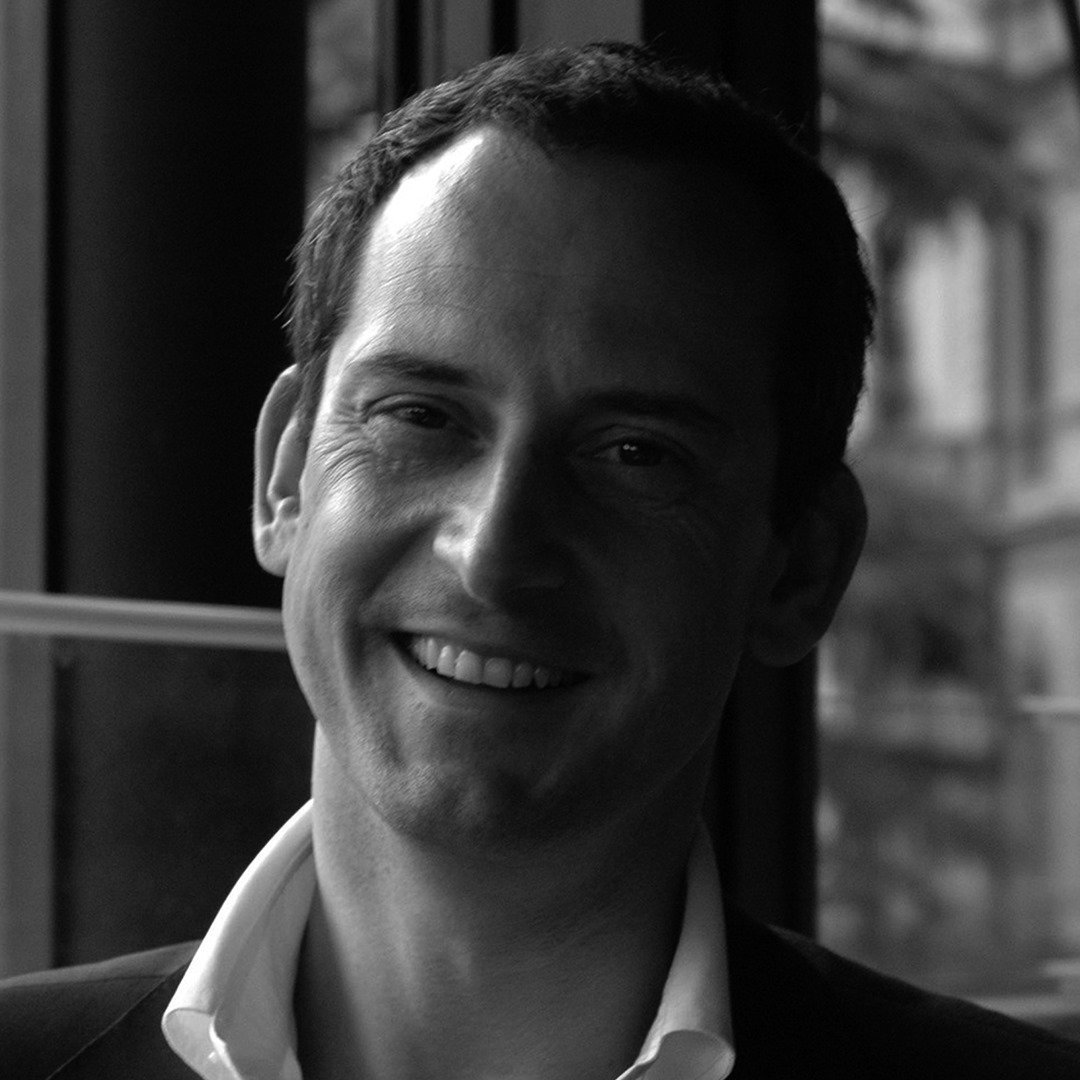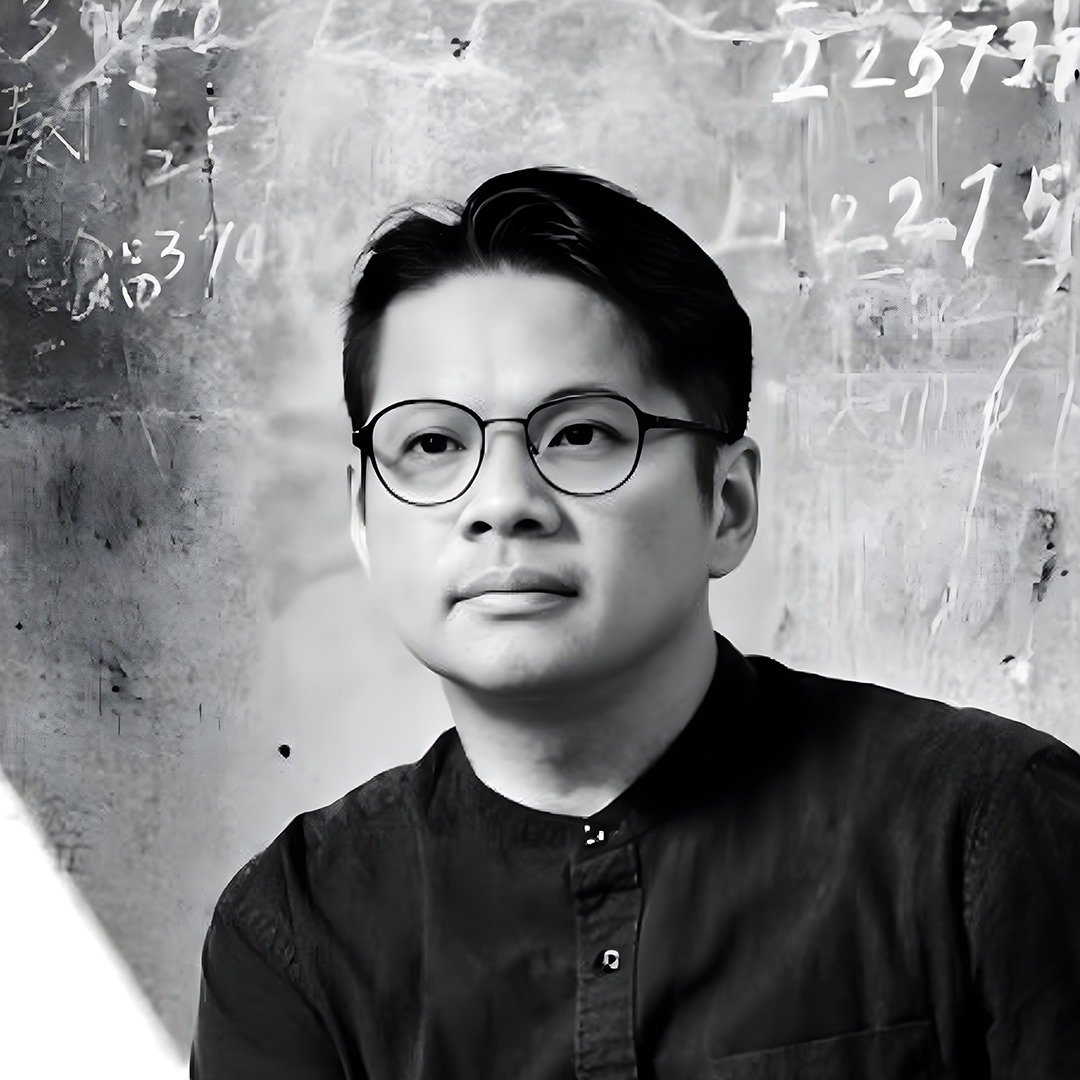Webinar: Enter Third Nature - A few stories about the return of wood and nature in architecture
Enter Third Nature
A few stories about the return of wood and nature in architecture
A Zoom webinar organized by the IFLA Education and Academic Affairs Chair, kindly supported by Scouthouse.
May 21st, 2024
h. 10.20-12.00 AM (Central Europe time)
Landscape is not an aesthetic concept only, nor is it about plants and flowers only. It is about acknowledging how humans and nature are intertwined in ways that span the opposite extremes of metabolic and cultural exchanges. Landscape architects have the duty to be aware of this and evade all strict disciplinary definitions. Not by chance, academically speaking, landscape architecture is interdisciplinary in essence.
Thus, although architecture as such is not a matter for landscape architects, knowing what is going on in the field is important. Actually, today, it is crucial. In light of all the pressing sustainability challenges, we are increasingly aware that buildings cannot be understood in isolation from the environment. Starting from materiality, then passing through construction and maintenance, buildings and landscape are intimately linked.
Recently, we are witnessing unique transformations in an attempt to balance back the currently unsustainable relationship between the two. Wood -a key landscape material under a certain point of view- is at the center of all the happenings. Buildings are heavy polluters and account for about 40% of global greenhouse gas emissions. Construction alone represents 10% of this, most of which results from the materials used. While making cement and steel greener is a priority, wood is not only less harmful to the environment; it can also generate a positive environmental impact. It is the only truly renewable building material. Compared to steel and concrete, it has a positive carbon footprint across the design and construction phases, throughout its lifetime, and at end-of-life. Moreover, thanks to the novel construction technologies, it can provide a better strength-to-weight ratio and thus require less energy during construction.
Although not the most economical and burdened by a messy regulatory environment, wood is making quite a comeback in a resource-strapped world with a growing environmental consciousness, where lingering consumer fears and prejudices are slowly dismantled by experimental best practices. These engage wood as much as new ways to live in and with the landscape.
The webinar collects a series of these with the aim to unveils the new trend and thus offer suggestions on how landscape architects might get progressiely involved developing buildings and much more sophisticated and sustainable relations between humans and nature.
0. Alessandro Martinelli (IFLA EAA Chair, www.iflaworld.com)
Ph.D., is an Associate Professor at the Department of Landscape Architecture, the Chinese Culture University, Taipei. He is also the Editorial Director of ListLab Publisher and the Chair of the IFLA Education and Academic Affairs Committee. Finally, he works with BIAS Architects & Associates on design and curating projects concerning the public space today.
Introduction and acknowledgments 10:20-10:25 (5 min., recorded)
1. Anteo Taro Boschi Sanada (Kengo Kuma and Associates, kkaa.co.jp)
studied architecture at Politecnico di Milano and Harvard GSD From 2012 he has worked at Kengo Kuma & Associates, becoming a Partner in 2020. In KKAA he has worked on several internationally recognized projects including Vals 7132 Hotel, H.C. Andersen House of Fairy Tales, Odunpazari Museum, CMP Church, and Melbourne Botanical Pavilion.
Experiments in wood and architecture 10:25-10:45 (20 min., recorded)
2. Enrico Sassi (Enrico Sassi Architetto, enricosassi.ch)
is an architect based in Lugano who holds a degree from IUAV Venezia. He is also the Coordinator of the ISUP - Istituto per il Progetto Urbano e del Paesaggio, led by Prof. Arch. Jonathan Sergison at the USI Accademia di Architettura, Mendrisio, where he taught the Urban Design course, too. Finally, he is editor of archi - the Swiss magazine of architecture and urban planning.
The "Casa dell'Ape" in Coldrerio 10:45-11:05 (20 min., recorded)
3. Olaf Gipser (Olaf Gipser Architects, olafgipser.com)
is an architect based in Amsterdam who holds degrees from ETH Zurich, the University of Stuttgart, and UCLA. Professor at the University of Innsbruck, he concerns with architecture as an agent in the social production of space, as intervention in ecological milieus, and as production of physical and cultural artifacts within the city and modernity. His work has been awarded on several occasions. The "BSH20A ’Stories’ Tower" in Amsterdam 11:05-11:25 (20 min., recorded)
4. Kuanfan Chen (A.S. Studio, www.mashup.com.tw/as-studio)
is an engineer who studied at NCKU Tainan and worked in Japan for the renowned engineer Kunio Watanabe. His own engineering firm, A.S. Studio, has gained prominence due to the attention to architectural aspects of built structures and the pioneering work in wood construction. He has been awarded the 2022 ADA - Awards for Emerging Architects becoming the first non-architect to be so. The "Tanzi Bicycle Bridge" in Taichung 11:25-11:45 (20 min., recorded)
5. Q&A
11:45-12.00 (15 min. real-time)
Youtube streaming link:






